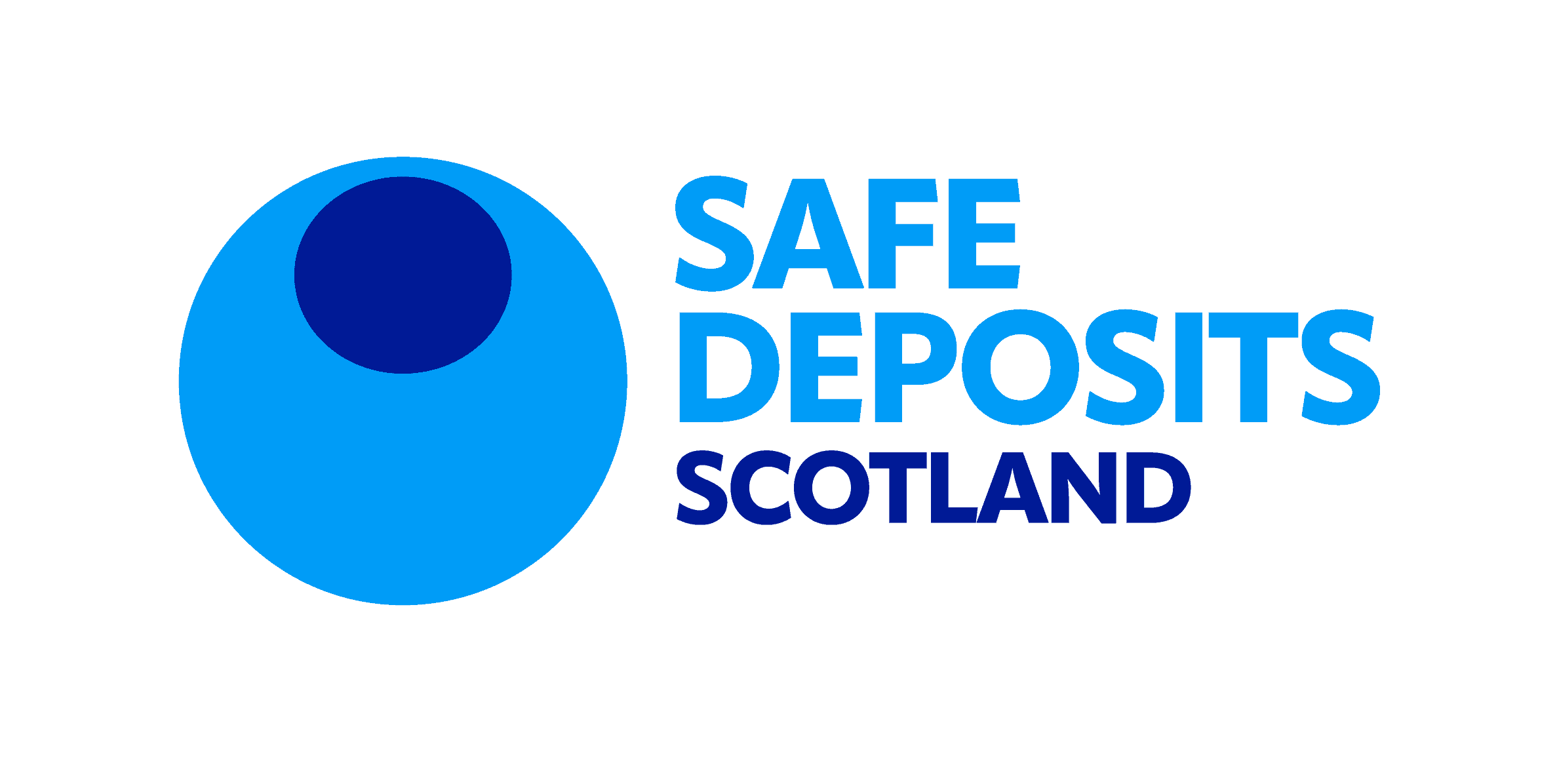When a landlord claims part of the tenant’s deposit, the inventory is a vital document that adjudicators will use to understand the state of the property at both the start and end of the tenancy. It is unlikely that the property at the end of the tenancy, particularly for longer tenancies, will be returned in exactly the same condition as it started when the tenant moved in, regardless of how much care they have taken of it. The condition of certain parts of the property will deteriorate over the duration of the tenant’s stay, for example the carpet of a high footfall area, and items on the inventory will likely not be exactly as they were initially detailed. In cases of a deposit dispute, the inventory, check-in report and check-out report can serve as something of a “before and after” for the adjudicator to make a more informed decision.
Key documents at check-in and check-out
The inventory is an itemised list of everything that is in the property when the tenant moves in. This should be taken immediately (no more than three days) before the tenancy starts so that it can be as accurate as possible, and the person who conducts the inventory should be the very last person in the property before the tenant moves in to maintain the accuracy of the inventory. At the end of the tenancy, the check-out report will note any changes to the property since the start, and should there be changes to the property indicated in differences between the check-in and check-out reports, such as a damaged item due to negligence from the tenant, the landlord may wish to make a claim for part of the deposit.
Where a claim for part of the deposit has been made, the adjudicator will use both the check-in and check-out reports to help make their decision by drawing comparisons between the two. Detail is everything when it comes to taking an inventory, and the landlord should aim to include as much detail as possible, such as the quality of each and every item, its typical lifespan, how long they have had it for etc. Certain terminology should be avoided such as describing the cleanliness of a room as “sparkling clean” as people have different standards to what this means. Instead, more objective terms like “clean to a domestic standard” or “professional standard” are preferred.
The tenant should be shown around the property before the check-in report is finalised so that they can verify everything on the inventory is correct and agreed upon. With each new tenancy, the landlord should create a new inventory rather than using the same one for different tenancies.
Pictures and videos – how useful are they?
It is always recommended that within the check-in and check-out reports, the landlord prioritises written descriptions of the property instead of relying on pictures and videos. There are some instances however, where the landlord may want to use these.
If photographs are being used, they should always be dated so that the adjudicator can check this against the tenancy start and end dates. Pictures should also be clear on what they are trying to portray, for example if a picture is being used as evidence of a chip on countertops then a wide shot of the full kitchen would not demonstrate this. Unless in extreme cases, photographs alone are not enough on their own to detail what is being shown and should always be accompanied by written word.
Videos should be avoided as depending on the quality of the video, some things can be very easy to miss and typically videos move too fast for the adjudicator to be able to see finer details. If a video is used, then similar to photographs, it should also be accompanied with written word and should also include timestamps for specific sections of the video.
What about smells?
One area that pictures and videos definitely cannot convey is smells, and this is an area that is commonly overlooked in check-in and check-out reports. Smells are something that should be included in the description of each room and can be written as “no odours present” or “smells fresh”. The landlord may want to make a claim at the end of the tenancy for cleaning as a result of unpleasant odours caused by uncleanliness, and including these details makes it easier for an adjudicator to make their decision. Details on smells should also be made present in the check-out report for the sake of comparison.
Tenancy deposit scheme SafeDeposits Scotland has plenty of helpful resources on their website, including further information on check-in and check-out reports.











